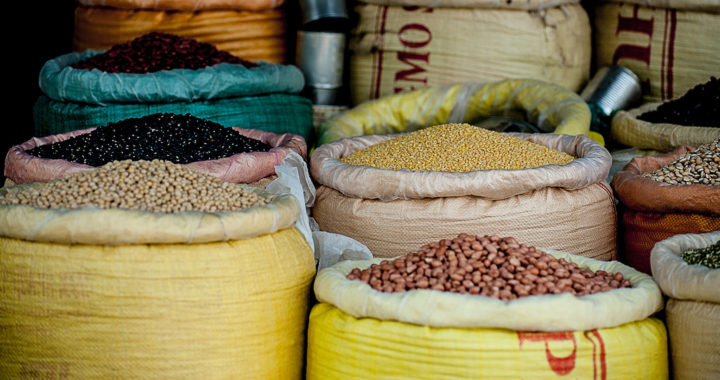Discussions about food security and food crisis often come with terms such as food insecurity, food scarcity, and food shortage. Some might even find these words confusing and end up mixing or interchanging them as if they mean the same thing. However, in consideration of technical and proper usage, there is a difference between these terms.
Explaining the Difference Between Food Insecurity, Food Scarcity, and Food Shortage
Understanding the difference between food insecurity, food scarcity, and food shortage necessitates understanding their respective and specific definitions.
Defining Food Insecurity: A General Problem Arising from Issues Affecting the Accessibility of Food
The United Nations Committee on World Food Security defines food security as a situation in which all people have physical, social, and economic access to sufficient, safe, and nutritious food that meets their food preferences and dietary needs for a healthy life.
It can also be defined by the presence of six pillars identified by the World Health Organization, the Food and Agriculture Organization, and the Committee on World Food Security: availability, access, utilization, stability, agency, and sustainability.
Food insecurity marks the absence of or problem in one of these pillars. It is a situation in which people do not have physical, social, and economic access to sufficient, safe, and nutritious food that meets their needs for a healthy life and special preferences
Defining Food Scarcity: Understanding Food Security Issues By Looking at Food as Finite or Scarce Resource
Understanding what food scarcity is and how it differs from food insecurity and food shortage requires defining “scarcity” as an economic problem emerging from a gap between limited or finite resources and limitless human wants or demands.
Food scarcity can mean two things. The first is that food products are limited to meet demands or food supplies are inadequate to sustain a growing population. The second is that resources needed for sufficient food production such as land and water are finite.
Resolving scarcity requires developing and implementing strategies aimed at the efficient allocation of resources. This means achieving or maintaining food security through proper management of food production resources and outputs.
Defining Food Shortage: Considering Food Security or Food Insecurity as Supply and Demand Problems
The word “shortage” represents an uneven dynamics between supply and demand. Economics describes it as a situation in which the supply for a particular product is unable to meet the demand or that the demand for a particular product exceeds the available supply.
Food shortage is a particular problem endangering food security stemming from the interplay between supply and demand. It can be defined as a situation in which current and projected food supplies are unable to meet existing and future demand for food.
Shortages can emerge from either failures and shortcomings in production or the unsustainability of present and future demand due. The causes of food shortage revolve around factors affecting supply or supply shifters and demand shifters or factors affecting demand.
